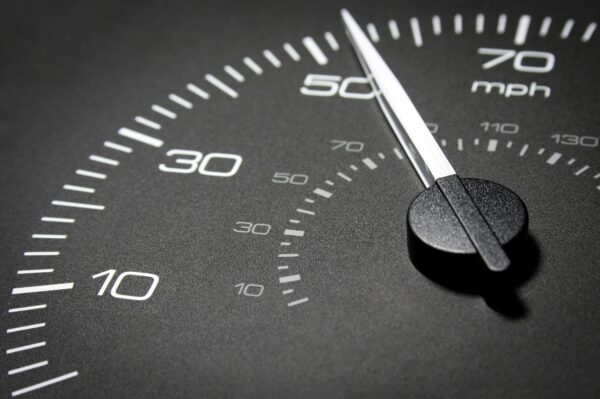
When a misfire occurs, you may notice a distinct sound from the engine. It can come either from inside or outside the vehicle, or from the exhaust.
The most common descriptions of an engine misfire are a sound like a popping, sneezing, banging, chuffing, or a backfire, usually when the engine is anywhere between 1,500 – 2,500 rpm.
The sound happens when unburnt fuel exits a misfiring cylinder and is pushed out during the exhaust stroke before being ignited by the spark of the next cylinder. This causes it to explode out through the exhaust system.
You can also identify an engine misfire if it sounds like your car is struggling. An overall change in engine sound can be an indication that one cylinder is not working.
Are there other obvious symptoms of an engine misfire?
Other Symptoms of a Misfire
Besides the obvious sound, you can confirm a misfire if your vehicle has:
- A Flashing Check Engine Light: A flashing engine light is much more serious than an illuminated Check Engine Light, and you shouldn’t keep driving if you spot one. When a flashing or blinking engine light shows up on your dashboard, it’s almost always related to engine misfires. If you ignore the Check Engine Light, it could damage the catalytic converter or, in the worse case, start a fire.
- Black Smoke From Exhaust: When your engine misfires, you might notice a cloud of thick, black smoke from the exhaust. This is often a sign that your engine is not passing fuel and air correctly and could be misfiring.
Next, let’s find out how to diagnose and fix engine misfire troubles.



